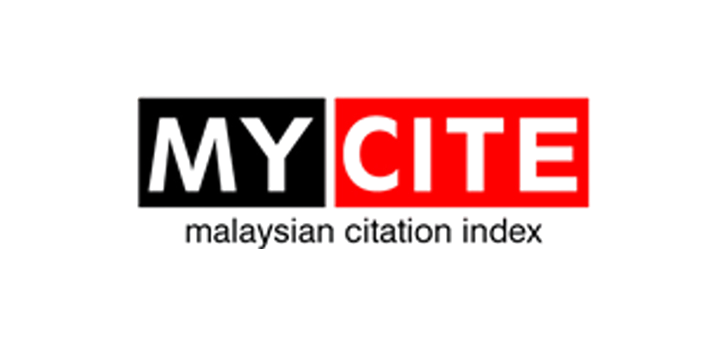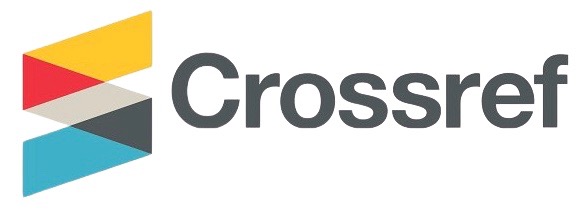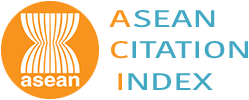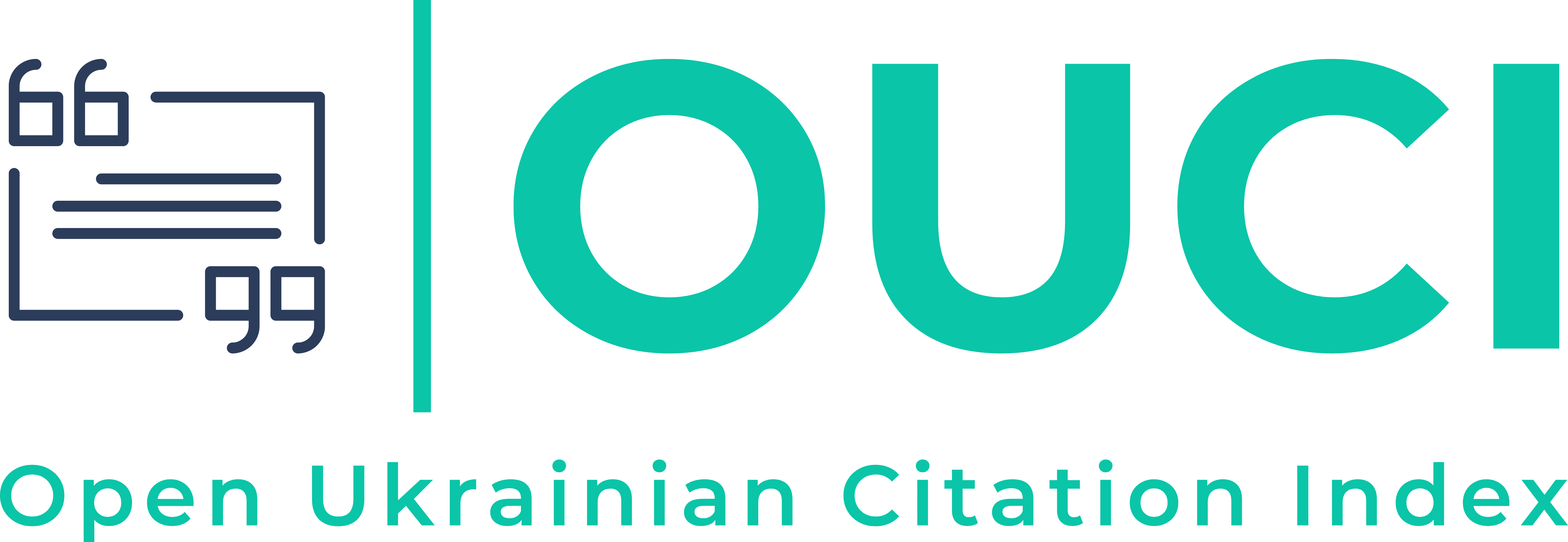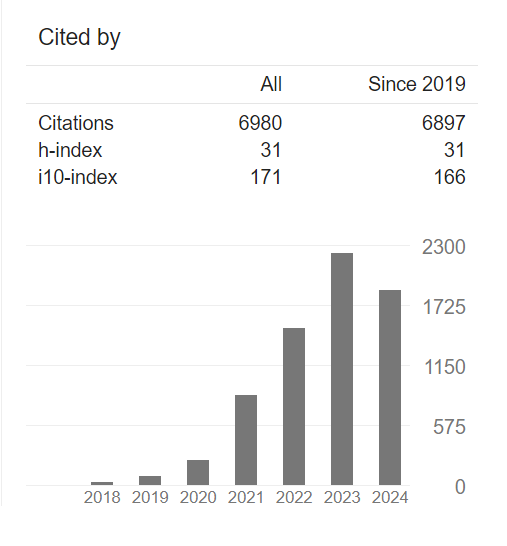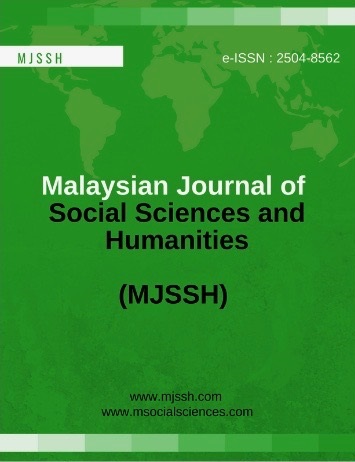Double Reduction Policy: The Preferences, Challenges, and Recommendations from the Perspectives of Stakeholder
Abstract
This study investigates the implementation of China’s Double Reduction Policy (DRP), which aims to reduce excessive academic pressure on students by limiting homework and off-campus tutoring. Although the policy is intended to promote educational equity and improve students’ overall well-being, it has caused dissatisfaction among key stakeholders and continues to be debated regarding its effectiveness. Focusing on Bo Le city in Xinjiang, this study explores the preferences, challenges, and recommendations of students, teachers, parents, and school principals regarding the policy. It aims to address current gaps in the implementation of the policy. A qualitative case study design was employed, with data collected through in-depth interviews, focus group discussions, and document analysis. Findings reveal that while students enjoy reduced stress and increased leisure time, teachers experience heavier workloads and longer working hours. School principals struggle with limited resources and uneven funding, while many parents remain anxious about their children’s academic performance. The policy has also unintentionally widened educational disparities between urban and rural areas, as low-income families have fewer means to support their children’s learning outside school. Based on these challenges, stakeholders provided constructive recommendations, such as increasing government support, offering professional development for teachers, and improving the quality and diversity of after-school programs. The study provides practical implications for policymakers to improve the effectiveness of the DRP and ensure it benefits all students equitably across different regions of China.
Downloads
References
Arghya Ray. (2012). The Methodology of Sampling and Purposive Sampling. 1–5. https://www.grin.com/document/189529
Chen, G., Oubibi, M., Liang, A., & Zhou, Y. (2022). Parents’ Educational Anxiety Under the “Double Reduction” Policy Based on the Family and Students’ Personal Factors. Psychology Research and Behavior Management, 15, 2067–2082. https://doi.org/10.2147/PRBM.S370339
Chen, L. (2023). Research on the Impact of China’s “Double Reduction” Policy on the Self-discipline of Primary School Students’ Extracurricular Learning. Journal of Education, Humanities and Social Sciences, 22, 57–62. https://doi.org/10.54097/EHSS.V22I.12286
Cui, Z. (2022). A Study on Whether CHina’s Double Reduction Policy Is Beneficial to Vulnerable Families. Proceedings of the 2022 2nd International Conference on Economic Development and Business Culture (ICEDBC 2022), 1541–1547. https://doi.org/10.2991/978-94-6463-036-7_229
Guo, J. (2023). Opportunities, Challenges and Suggestions of After-School Services in Primary and Secondary Schools under the Background of “Double Reduction.” Journal of Education and Educational Research, 5(1), 130–133. https://doi.org/10.54097/JEER.V5I1.11830
Li, J., Li, X., Shi, A., & Yang, Q. (2022). The Impact of the Double Reduction Policy. Proceedings of the 2021 International Conference on Education, Language and Art (ICELA 2021), 637, 713–720. https://doi.org/10.2991/ASSEHR.K.220131.131
Liu, B. (2024). Research on the Impact of China’s “Double-Reduction” Policy on Urban and Rural Education. Lecture Notes in Education Psychology and Public Media, 59(1), 81–85. https://doi.org/10.54254/2753-7048/59/20241621
Liu, Z., Duan, X., Cheng, H., Liu, Z., Li, P., & Zhang, Y. (2023). Empowering High-Quality Development of the Chinese Sports Education Market in Light of the “Double Reduction” Policy: A Hybrid SWOT-AHP Analysis. Sustainability, 15(3), 2107. https://doi.org/10.3390/SU15032107
Lu, J., Tuo, P., Pan, J., Zhou, M., Zhang, M., & Hu, S. (2023). Shadow Education in China and Its Diversified Normative Governance Mechanism: Double Reduction Policy and Internet Public Opinion. Sustainability, 15(2), 1437. https://doi.org/10.3390/SU15021437
Merriam, B. S., & Tisdell, J. E. (2016). Qualitative Research: A Guide to Design and Implementation (4th ed.). Jossey-Bass A Wiley Brand.
Miles, M. B., Huberman, A. M., & Saldana, J. (2014). Qualitative Data Analysis: A Methods Sourcebook (3rd ed., Vol. 3). SAGE Publications, Inc. https://collegepublishing.sagepub.com/products/qualitative-data-analysis-4-246128
Mok, K.-H. (2006). Education Reform and Education Policy in East Asia (1st ed.). Routledge. https://www.routledge.com/Education-Reform-and-Education-Policy-in-East-Asia/Mok/p/book/9780415647403
Niemi, H. (2021). Education reforms for equity and quality: An analysis from an educational ecosystem perspective with reference to Finnish educational transformations. Center for Educational Policy Studies Journal, 11(2), 13–35. https://doi.org/10.26529/CEPSJ.1100
Patton, M. Q. (2002). Qualitative Research and Evaluation Methods. SAGE Publications, Inc. https://doi.org/10.1177/1035719X0300300213
Schoch, K. (2020). Case Study Research. In Research Design and Methods: An Applied Guide for the Scholar-Practitioner (pp. 245–258). SAGE Publications, Inc. https://doi.org/10.7208/chicago/9780226983592.003.0001
Wan Abdullah, W. M., Zailaini, M., & Jamaluddin, S. (2015). Consideration of the Research Setting in a Qualitative Case Study: Assessment for Learning Arabic Language. OIDA International Journal of Sustainable Development, 08(12), 87–94. https://papers.ssrn.com/abstract=2730858
Wei, C., & Dong, Z. (2024). Analysis of the Implementation of Double Reduction Policy Based on Smith Policy Execution Model. Social Security and Administration Management, 5(1), 73–77. https://doi.org/10.23977/socsam.2024.050110
Wiersma, W., & Jurs, S. G. . (2009). Research Methods in Education : An Introduction (9th ed.). Pearson/Allyn and Bacon.
Wu, M. (2023). The Phenomena and the Formation of Parents’ Anxiety under ‘Double Reduction’ Policy. Journal of Education, Humanities and Social Sciences, 8, 755–760. https://doi.org/10.54097/ehss.v8i.4346
Yang, J., Huang, X., & Liu, X. (2014). An analysis of education inequality in China. International Journal of Educational Development, 37, 2–10. https://doi.org/10.1016/J.IJEDUDEV.2014.03.002
Yang, L., He, L., & Huang, N. (2023). A Study of Current Situation of Knowledge, Attitude, Beliefs and Practices of “Double Reduction”Policy Among Primary and Secondary School Teachers in Chenzhou City. Frontiers in Artificial Intelligence and Applications, 370, 289–301. https://doi.org/10.3233/FAIA230195
Zhang, S., Che Hassan, N., & Manisah Sulong, R. (2023). Whether the “Double Reduction” Policy Reduces Parents Anxiety Over their Kids Future: A Qualitative Research from China. International Journal of Academic Research in Progressive Education and Development, 12(1), 1143–1150. https://doi.org/10.6007/ijarped/v12-i1/16322
Zhong, K., & Park, J. (2023). The double reduction policy and education development in China. International Journal of Comparative Education and Development, 25(3–4), 137–152. https://doi.org/10.1108/IJCED-09-2022-0063
Zhou, Z. (2022). The Attitude of Chinese Parents Towards The ‘Double Reduction’ Policy and The Factors Influencing Their Attitude. International Journal of Education and Humanities, 6(1), 86–95. https://doi.org/10.54097/ijeh.v6i1.3056
Zhu, X. (2020). Chinese-style Off-campus Education: Research on the Popularity of After-school Training Institutions. International Journal of Learning, 6(4), 247–251. https://doi.org/10.18178/IJLT.6.4.247-251




